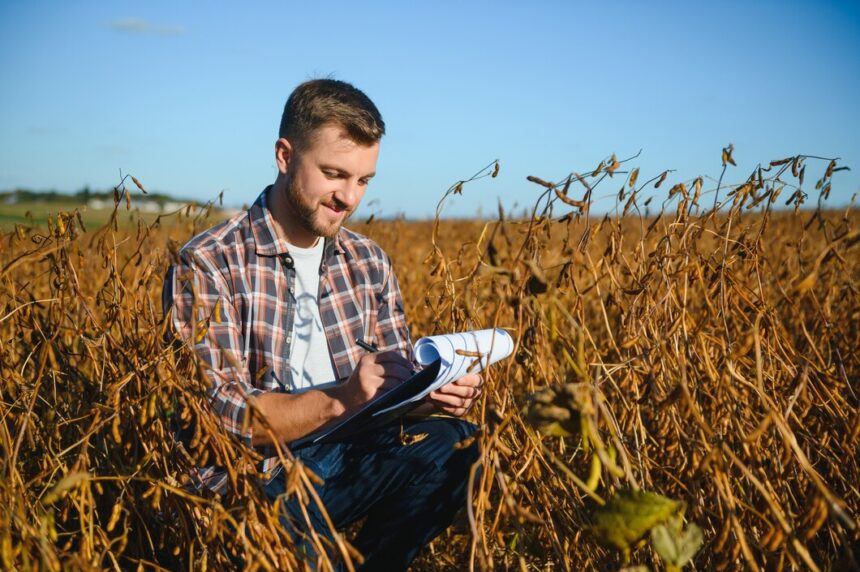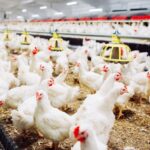As climate change intensifies, farmers around the world face increasing threats from unpredictable weather events such as droughts, floods, heatwaves, and storms. These climate-related disruptions can lead to crop failures, livestock losses, and serious financial setbacks. To cushion against these growing risks, the insurance industry has developed a range of products specifically designed to protect farms from climate impacts.
Among the most notable innovations are weather index insurance and parametric insurance. These products use weather data—such as rainfall levels or temperature extremes—as triggers for payouts. If certain thresholds are reached, farmers receive compensation without the need for lengthy claims assessments. This fast-response approach is especially beneficial in areas where traditional loss verification is difficult or delayed.
Traditional crop and livestock insurance have also evolved. Multi-peril crop insurance now includes protection from a wider array of climate risks, covering everything from hail and windstorms to prolonged droughts. Similarly, livestock insurance has expanded to cover heat stress, disease outbreaks caused by flooding, and other environmental hazards that impact animal health and productivity.
Some insurers also offer revenue protection insurance, which not only covers physical damage to crops but also income loss due to falling market prices caused by climate-related yield declines. This provides an extra layer of security for farmers whose profits depend heavily on stable production and pricing.
The benefits of these insurance products go beyond financial recovery. They provide farmers with greater confidence to invest in climate-smart technologies and sustainable practices. Some insurance providers even offer premium discounts to farmers who implement soil conservation, water-saving irrigation, or diversified cropping systems.
However, challenges remain. Many smallholder farmers, particularly in developing regions, struggle to afford insurance or are unaware of the options available to them. In response, governments and private companies are increasingly collaborating on subsidized insurance schemes and educational programs to improve accessibility and uptake.
Digital tools are also playing a role in expanding reach. Mobile platforms, satellite monitoring, and data analytics are making it easier to design, distribute, and manage insurance policies in rural and remote areas.
As the agricultural sector navigates the realities of climate change, insurance products to protect farms from climate risks are becoming essential. They offer a crucial safety net that allows farmers not only to survive extreme weather events but to thrive in an increasingly uncertain environment.
Join 'Farmers Mag' WhatsApp Channel
Get the latest Farming news and tips delivered straight to your WhatsApp
CLICK HERE TO JOIN






